These days you can get every type of pesto imaginable and made with things that take the name literally. Pesto is a contraction of the past participle of a Genovese word to pound or crush (get me). So tomatoes, bell peppers, rocket (the Americans love this version made with ‘arugula’), almonds, cashews etc. You name it and it has been pesto-ed to satisfy our seemingly insatiable desire for the stuff…
…but it’s the Pesto Genovese that I’m on about. The others I eschew…I’m so rock and roll. It’s the original idea with the simple combination of basil, cheese and oil. However, I am also not a traditionalist as I never include garlic or salt in my pesto. Over time I’ve come to realise that I like a combination of parmesan and pecorino, I like very lightly toasted pine nuts (hardly coloured just heated enough to release the flavour) and Italian extra virgin olive oil (this is more a thematic choice I suspect). Garlic overpowers for my tastes and, hello, the cheeses are salty enough people!
I know you’ll just be bitter if I don’t give a recipe of sorts or the amounts so I’m going to add some here for a guideline only! You have to adjust to your taste that’s the whole excellence of having your own mind and tongue. So maybe about 200/250g of basil, about 50/75g of cheese, 30/50g of pine nuts and whatever amount of extra virgin olive oil you need to get the consistency you’d like…perhaps 250ml (I just made that figure up but it’s a good ballpark!)
I believe the proper recipe types would tell you to separate the basil leaves from the stalks and only use the leaves but I use it all. Unless you’re cooking a soup or bolognese at the same time, and want to sling the chopped stalks into that, then what are you going to do with them? Oh…right throw them away…?!? Perfectly good food that cost hard earned cash…?!? I don’t think so Lady Jane…
I use a mini processor (comes with the hand blender thingie) as I only like to make a little at a time even though it’ll keep in the fridge, with some oil on the top, for ages.
Get everything ready first, yes like they do on the telly, because this is an additions game and subtractions are not possible. The main thing is the cheese prep…hold on we need to talk consistency here. As you’ll know by now, I’m a stickler for you not only knowing your own mind but, exercising your right to live it too! So give a thought to how you’d like the pesto to be at the end – I mean how big the ‘lumps’ of it might be. A smooth paste or a chunky crumble? Obviously this is controlled by the pulsing of the processor. If you’re a little gun-ho and tend to over pulse then you’ll be heading toward a pistou/paste. SO…cheese prep. If you want your pesto smoother then grate it first, if not then just break it into smallish pieces with your fingers.
Lightly toast the pine nuts in a hot, dry non-stick pan. Whether you just warm them through to encourage them to release their flavour or you want them to be toasted and brown is, of course, personal taste. Experiment and see! If you are planning to make pesto regularly (why buy it when you can have one tailored to your taste in minutes?!) then once you find a way you like your nuts toasted (that is not a euphemism), then toast more at a time for future use. Once they’re done the way you like, then transfer them to a plate, say, and allow to cool completely (another advantage of doing this ahead is not having to wait at this point…although it’s a great opportunity to pour a glass of wine and read your book for half an hour or so…yes! Even at eleven in the morning…sheesh…
Right, put the book down (and that bottle, naughty!) and tear the basil into the processors bowl. Now as, or if, it is the first time you are making this, add a majority of each the other ingredients…not all. The reason I’m saying this is because it allows for adjustment at the end to your personal taste. Hoorah. Pulse this till it looks like it’s a couple of whizzes away from your desired texture. Taste. If you go all gooey inside then chuck the rest in and pulse a couple of whizzes for luck and hey pesto! If you think eeew and want less creamy nutty taste, or whatever, then chuck everything in but the pine nuts etc. and hey pesto! And so on…I think you get the picture…
Pour this into a jar and add a thin layer of oil on the top to seal it as-it-were and it’ll keep in the fridge for ages. I’d be disappointed if it lasted a week without being eaten (or added to other dishes) though! What’s that? Oh…you haven’t got a clean, sterile jar ready and prepped for your pesto?!? Jamie, always has…well…you’ll just have to chuck out the end of that novelty marmalade you bought two Christmases ago and use that jar. Or do what I do, cos I’ve never gorra jar either, and put it in a bowl with cling film. No one’s filming my fridge after all…
Basil is full of great stuff. It’s crammed with vitamin A, iron and beta-carotene and many other little darlings that will mop up those evil free radicals and help battle bacterial issues, inflammation and cancer.
Pecorino is a sheep’s milk hard cheese that, like many cheeses, has to be carefully considered in a diet where health and minimising weight gain are the main desires. It does contain fat and salt and yet does have a few happy pluses like calcium and some B vitamins as well as vitamin D. Properly grazed and reared sheep’s milk has a high level of an Omega-6 fatty acid in it which is very useful to us, but this fatty acid is not present in forced and modified product. So, as ever, read the labels!
Pine nuts are an excellent source of B-complex and vitamin E. Yes, they have a high calorie count (counting calories is pointless compared with eating correctly) and they do have ‘fat’ in them but it’s mono-unsaturated fatty acids we are talking about which are very good news, especially if you’re having any issues with cholesterol. These nuts also have a whole heap of other nutrients and essential minerals.
Extra virgin olive oil might also be making you recoil but again we are talking an abundance of mono-unsaturated fatty acids (outweighing the saturated fats and making it healthier than many other oils) and it is a very good source of vitamins E and K. Additionally , if you like that more pungent and woodier taste the extra virgin olive oil has, then it’s that compound that is a very powerful antioxidant. Result.
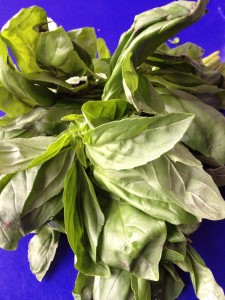
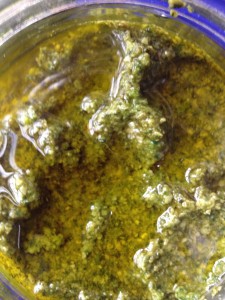
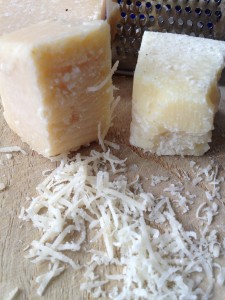

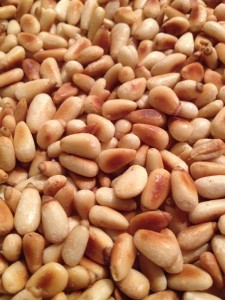
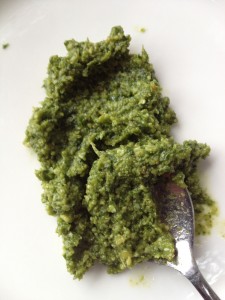
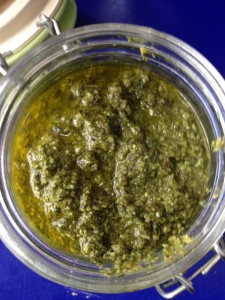
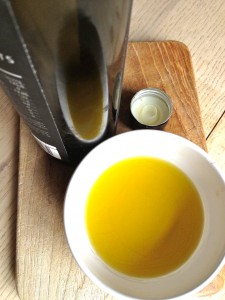
You are correct, Mathew; pesto is easily personalized! It’s kind of like a Mini Cooper; there are a hundred variations, so consider all of your options! Pesto can be frozen, too, which is great if you do most of your pesto making in basil season.
I like to add some fresh lemon juice to mine, and only use pine nuts occasionally. If you do like to use pine nuts, be careful if they’re from China (most are). Many people have been getting “pine nut mouth” (metallic and/or bitter aftertaste, which can last several weeks) after eating a Chinese variety, Pinus Armandii, which is cheaper and though not edible, is often mixed in with the edible variety.
Thanks for that. Very good advice! I always try to encourage seasonality and local produce wherever possible. I’ll try to make the next batch big enough or last long enough to have a go at freezing some…